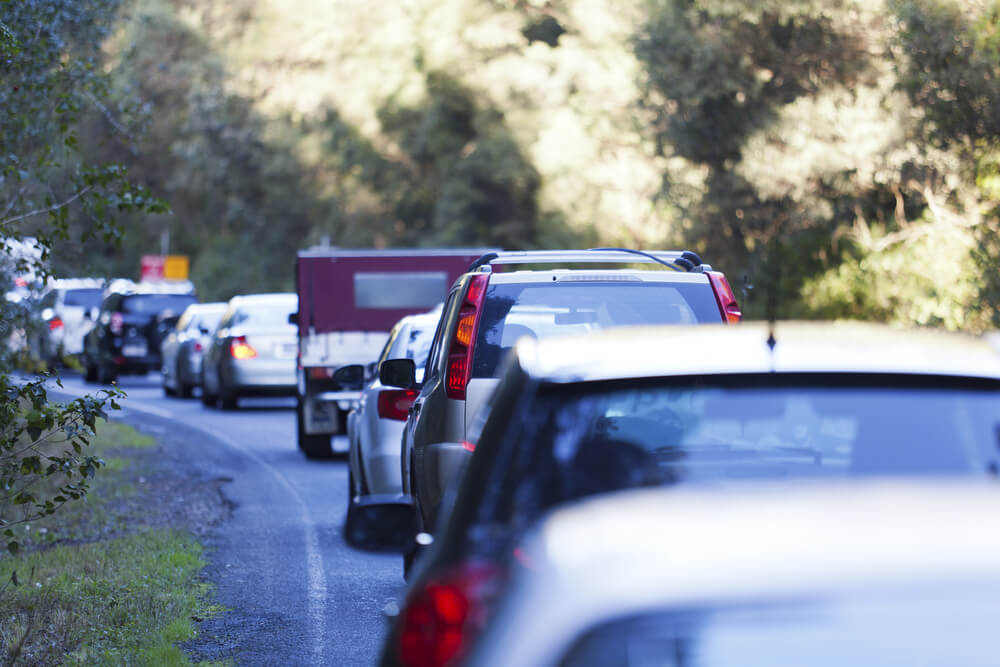Knowing how much fuel your vehicle consumes may help you figure out how far you can go before needing to fill up again. The better the fuel economy your vehicle has, the less frequently you’ll need to top up, saving you time and money.
So, how do you measure just how much fuel your car churns through?
Remember: Results should be taken as a guide only, as every vehicle is different and other factors can impact fuel efficiency, as we explain further below.
We’ve broken down how you can measure fuel the old-fashioned way:
This gives you the number of litres used per 100 kilometres. The lower the number of litres per 100 kilometres, the more fuel efficient your car is. The formula looks like this:

Fuel consumption is affected by several factors that can make your car use more or less fuel as you drive. Being aware of these factors can help keep fuel efficiency in the back of your mind when driving.
Rush hour traffic. The ‘start-stop’ driving of congestion burns more fuel than driving at a smooth pace.
Fast acceleration. Drivers burn through fuel by accelerating too fast. This revs the engine high and burns through fuel faster than is necessary.
Condition of your car. If your tyres’ air pressure is too low, your car may use up more fuel to compensate. Likewise, a poorly maintained engine might also use more fuel than one that’s regularly serviced.
Wind resistance. An aerodynamic car will use less fuel to accelerate as it requires less energy to move faster. Open windows, roof racks and even rear spoilers can all have an effect on how much fuel your set of wheels uses.

The Australian Government has established the fuel consumption labelling standard, which requires the vehicle’s fuel consumption and carbon dioxide emissions to be displayed on a label on the windscreen. These numbers are based on a standard test. Since 2011, electric cars are also required to include their electricity consumption on this label.1
However, older vehicles might not have this information available. Also, the standard test may not fully capture how the vehicle performs in the real world. The Australian Automobile Association (AAA) conducted their own fuel consumption tests in real-world scenarios on multiple car brands and models in 2017.
The AAA found that in a realistic setting, cars used 23% more fuel than the lab test on average (this test excluded plug-in hybrids).2
Your car might be a bit of a gas guzzler. If that’s the case, finding a cheaper price on fuel can help ease the financial burden. Our free fuel price comparison service on our Simples app which helps you find a good price in your area within seconds.
It’s easy to use and the information is regularly updated every day. If your wallet is feeling the sting of fueling up a petrol hungry car, why not take a look and see if you can find a more attractive price?
1 Fuel Consumption Label. Department of Infrastructure, Regional Development and Cities, Australian Government. 2018.
2 The Real-World Driving Emissions Test. Australian Automobile Association. 2017.